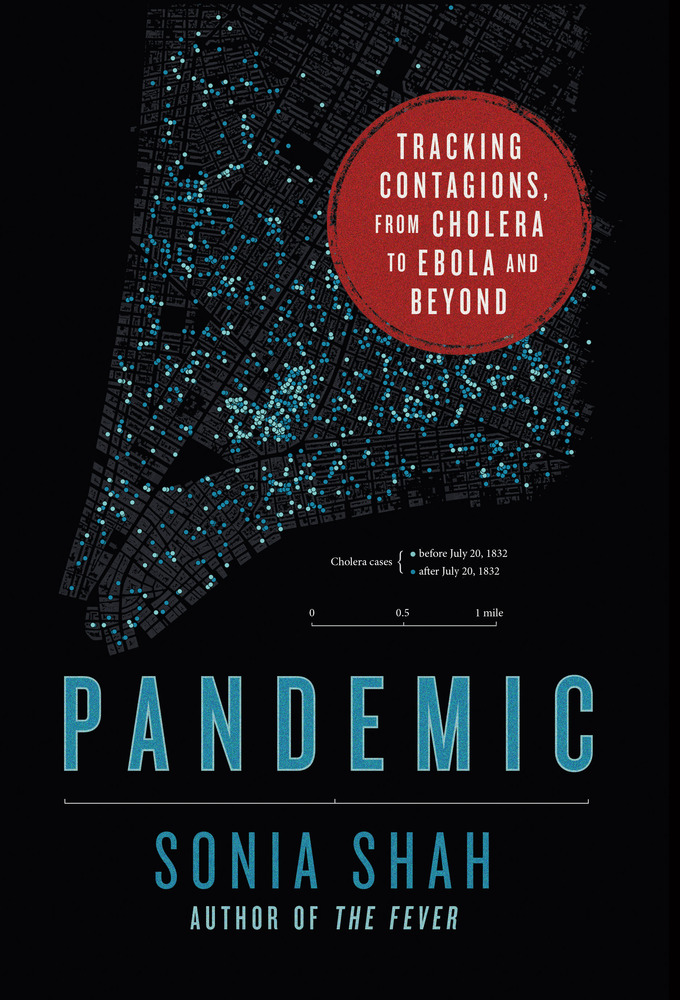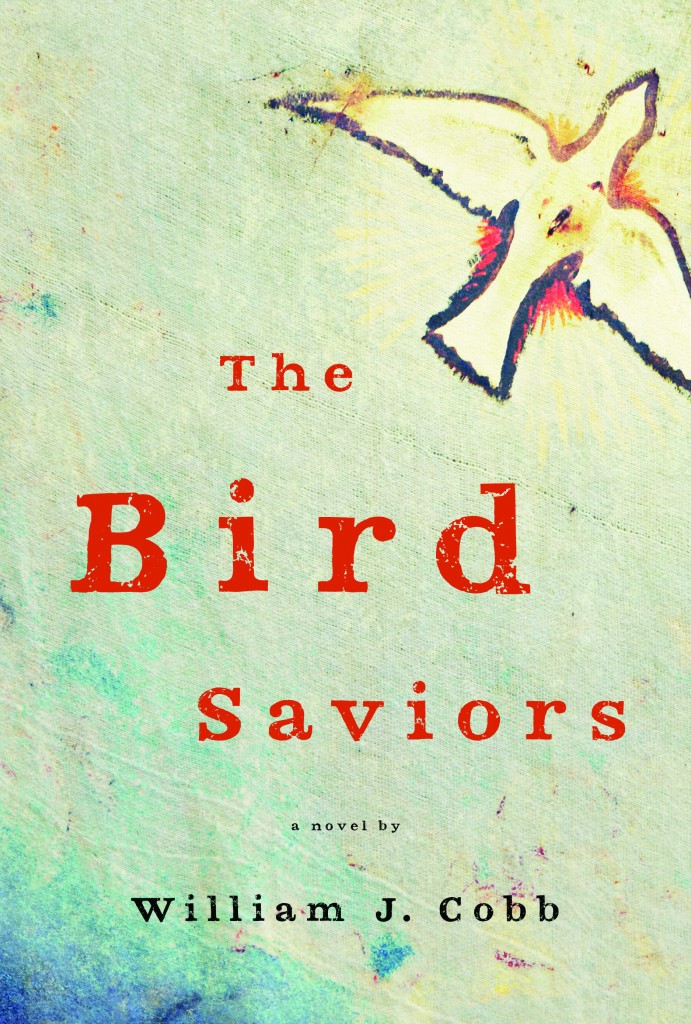So a few years back I often wrote about Climate Change and its slo-mo catastrophe, especially when it seemed that we had the chance to alter our Titanic-like course toward that (melting) iceberg, but of late I’ve been more reticent, only wanting to add something to the discussion if it seemed less obvious than the mainstream blather. Today there’s a new piece in the NY Times about a scarier-than-usual scenario of Climate Change, here, and that, coupled with my having just finished Sonia Shah’s terrific new book, Pandemic, deserves a mention.

First off, Shah’s book is now one of my favs in a long list of pandemic-related books, such as John M. Barry’s The Great Influenza: The Epic Story of the Deadliest Plague in History (2004), John Kelly’s The Great Mortality: An Intimate History of the Black Death, the Most Devastating Plague of All Time (2005), and David Quammen’s Spillover: Animal Infections and the Next Human Pandemic (2012). Note: Quammen gets credit for not using the word “great” in his title.
Compared to those three (there are many others), Pandemic’s approach is somewhat of a hybrid. She delves into the science of “spillover” or “crossover” zoonotic diseases that move from animal to human populations, as does Quammen, but also present something of A Brief History of Cholera, which is both fascinating and a bit disgusting. She describes SARS as well, touching on the wild animal food markets in China, and the role of bats as links between human and animal populations (pigs as well), and creates the same kind of queasiness in the reader as in watching Steven Soderbergh’s film Contagion (2011), which features Gwyneth Paltrow as a kind of modern-day Typhoid Mary—not surprising, perhaps, as we should wonder about that Goop she hawks.
Shah is not one to shy away from descriptions of unpleasant bodily fluids spraying forth here and there, and makes you aware of just how germs can be transmitted in both the past and the present. In fact, that’s what makes her story so powerful: She describes the cholera and Ebola outbreaks of the last few years, and explains how they’re both symbolic of our changing times, and particular.
Shah is skilled at describing the “particular” conditions that lead to various pandemics. One of those that’s affecting us now and will no doubt continue in the future is Climate Change. We’re heating up the planet and causing animal populations to move into new areas (one of the central theses of Kelly’s book about the great plague outbreak of the 14th century). It’s a fast, brutal read, and will make you think twice about taking that antibiotic for a sinus infection: if you do, your body could become inured to its effects, and you may need it for something much greater in the future.
It’s enough to scare you from ever venturing out into that germ-crowded area known as “public space.” I should also add that the Climate Change scientists responsible for this new study are at Penn State, my home turf as well. And lastly, my novel The Bird Saviors touches on both Climate Change and pandemics, as shadows behind the people.

- October 2023
- September 2023
- September 2021
- April 2020
- September 2019
- May 2019
- August 2018
- February 2018
- January 2018
- October 2017
- August 2017
- June 2017
- May 2017
- March 2017
- February 2017
- November 2016
- October 2016
- May 2016
- April 2016
- March 2016
- February 2016
- January 2016
- November 2015
- October 2015
- September 2015
- June 2015
- May 2015
- April 2015
- March 2015
- December 2014
- September 2014
- August 2014
- May 2014
- March 2014
- February 2014
- January 2014
- December 2013
- November 2013
- October 2013
- September 2013
- August 2013
- July 2013
- June 2013
- May 2013
- April 2013
- March 2013
- February 2013
- January 2013
- December 2012
- November 2012
- October 2012
- September 2012
- August 2012
- July 2012
- June 2012
- May 2012
- April 2012
- March 2012
- February 2012
- January 2012
- December 2011
- November 2011
- October 2011
- September 2011
- August 2011
- July 2011
- June 2011
- May 2011
- April 2011
- March 2011
- February 2011
- January 2011
- December 2010
- November 2010
- October 2010
- September 2010
- August 2010
- July 2010
- June 2010
- May 2010
- April 2010
- March 2010
- February 2010
- January 2010
- December 2009
- November 2009
- October 2009
- September 2009
- August 2009
- July 2009
- June 2009
- May 2009
- April 2009
- March 2009
Recent Posts
- Aliens Among Us: Probing Hillbillies and Freaking Shut-ins, How Netflix’s “Encounters” and Hulu’s “No One Will Save You” Prep Us for the Coming Alien Apocalypse, Kind of
- My Life as a Bob Odenkirk Character: On How Watching Netflix’s Black Mirror episode “Joan Is Awful” Mimicked My Experience of Watching the AMC series Lucky Hank
- “Bobcats, Bobcats, Bobcats”: Animal Life and a Tribute to “Modern Family”
- “The North Water”: This Ain’t Your Daddy’s Moby Dick
- Day 25: On David Quammen's "Spillover": Terrific Book That Foretold Our Pandemic, Kind of
Recent Comments
No comments to show.
